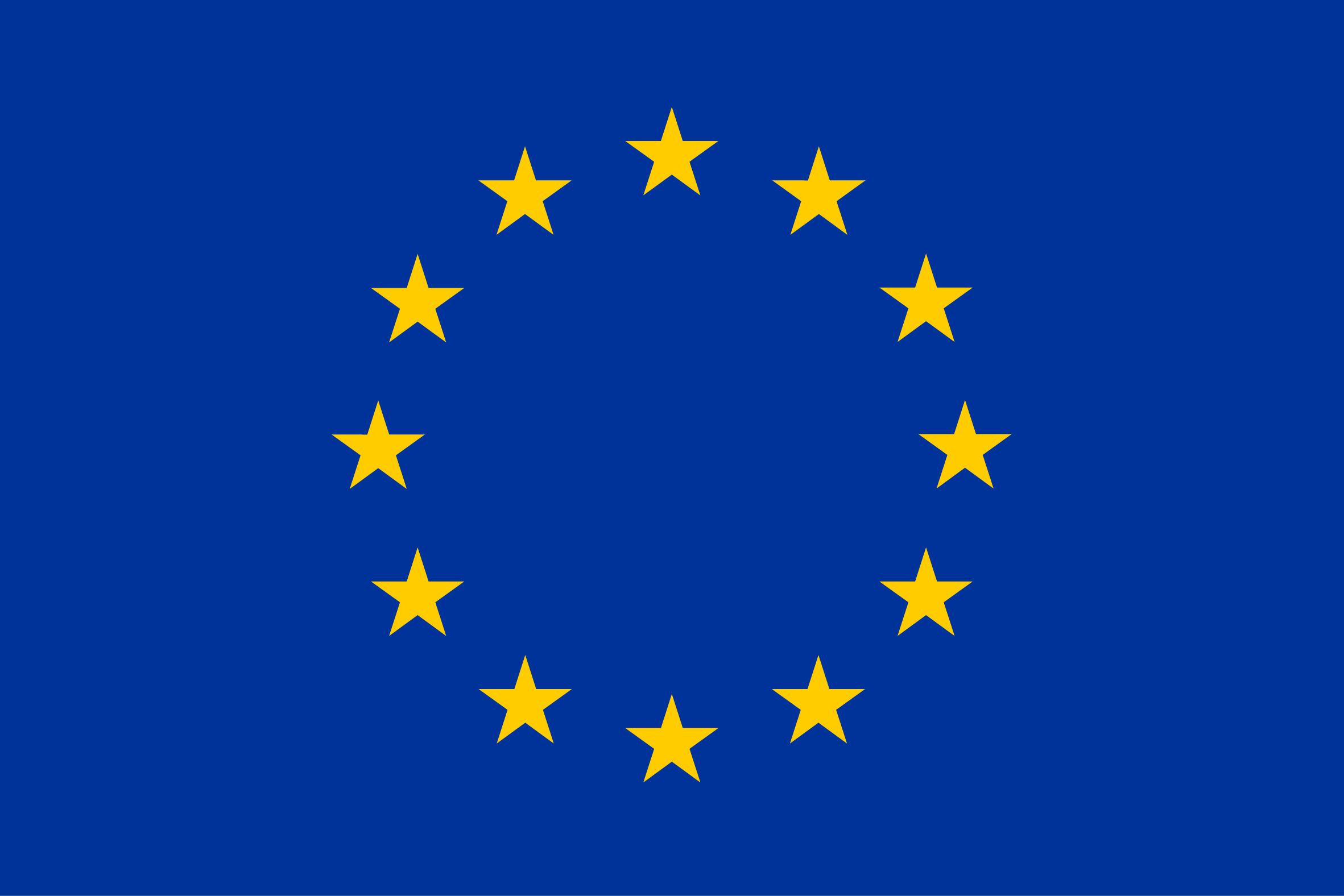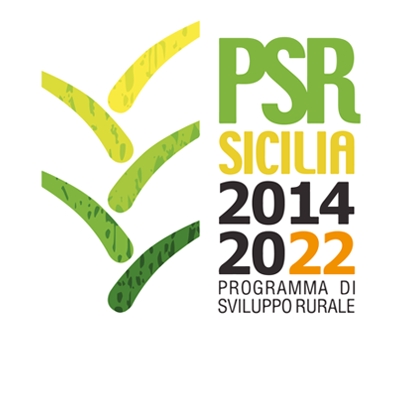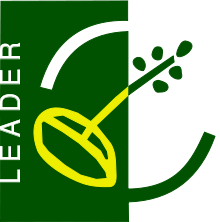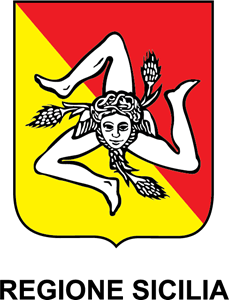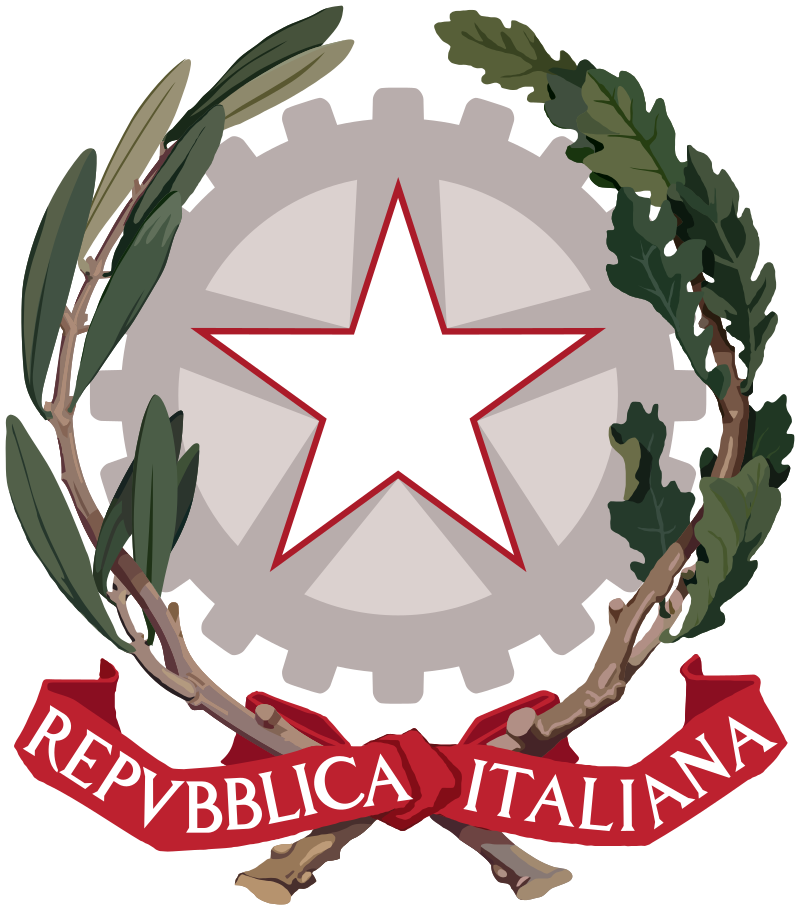Highland
Country
Specie
ISO3
ETH
Language
English
Description
This breed was previously classified as Central and Northwest Highland
Breed classification (adaptedness)
Native
Breed classification (geographic)
Local
Color comments
white, brown, and black in color with shiny short hair,
Number of horns males
2
Number of horns females
2
Horn shape size and comments
Both males and females are horned that could be straight or curved
Weight females
30.10
Other specific visible traits
This breed is characterized as with small in size, having a straight-to-concave facial profile. Some have wattles while most adult male have beards but no ruffs.
Herdbook
n
Local cryo conservation status
No Material
Local Risk
Unknown
Detailed local risk status
Unknown
Gumuz
Country
Specie
ISO3
ETH
Language
English
Other name
Western Lowland
Breed classification (adaptedness)
Native
Breed classification (geographic)
Local
Color comments
fawn or white patchycolor
Number of horns males
2
Number of horns females
2
Horn shape size and comments
Most males have straight horns and orientated backwards
Other specific visible traits
Short, straight face
Herdbook
n
Domestication status
domestic
Description of origin
indigenous breed
Local cryo conservation status
No Material
Local Risk
Unknown
Detailed local risk status
Unknown
Boer
Country
Specie
ISO3
ETH
Language
English
Transboundary name
Boer
Breed classification (adaptedness)
Exotic
Breed classification (geographic)
International
Additional information comments
Due to the low survival and reproduction performances, the population size of the breed is decreasing.
Number of horns males
2
Number of horns females
2
Wither height males
58.98
Wither height females
53.22
Other specific visible traits
White body with red head color
Herdbook
y
Description of origin
The origin of Boer goat is in South Africa.
Location within country
Debre Birhan, Sirinka, and Jinka
Local cryo conservation status
No Material
Local Risk
Unknown
Detailed local risk status
Unknown
International Transboundary Risk detailed
Not at Risk
Arsi-Bale
Country
Specie
ISO3
ETH
Language
English
Description
This breed is found around Arsi and Bale which its name has been driven.
Breed classification (adaptedness)
Native
Breed classification (geographic)
Local
Adaptability to specific environment
Goats at higher altitudes have longer hair.
Color comments
The dominant coat color varies considerably with white as the most common color in males, and brown in females.
Number of horns males
2
Number of horns females
2
Horn shape size and comments
Males have curved and backward-pointed horns while Females mostly have shorter horns
Weight females
30.40
Other specific visible traits
The breed characteristics as medium to large size with straight facial profile. Have ruffs, most with beards. In addition to this both males and females have Wattles.
Herdbook
n
Domestication status
domestic
Taxonomic classification
Breed
Description of origin
indigenous breed
Location within country
These are distributed in Arsi, Bale and western Hararghe zones of the Oromia Region, and the high altitude areas of Sidama zone of the Southern Region and Rift Valley from lake Abaya to south Shewa zone.
Local cryo conservation status
No Material
Local Risk
Unknown
Detailed local risk status
Unknown
Anglo-Nubian
Country
Specie
ISO3
ETH
Language
eng.
Transboundary name
Anglo-Nubian
Breed classification (geographic)
International
Number of horns males
0
Number of horns females
0
Domestication status
domestic
Taxonomic classification
Breed
Description of origin
imported; exotic
Location within country
central, eastern, southeastern, and southern parts of the country.
Local cryo conservation status
No Material
Local Risk
Unknown
Detailed local risk status
Unknown
International Transboundary Risk detailed
Not at Risk
Abergelle
Country
Specie
ISO3
ETH
Language
English
Breed classification (adaptedness)
Native
Breed classification (geographic)
Local
Special characteristic of product
This breed is used to produce milk for domestic consumption and their skin is also used to make aprons, containers, etc.
Color comments
The coat color of most goats are plain and patchy with Spotted coat colors are common.
Number of horns males
2
Number of horns females
2
Horn shape size and comments
Both males and females have horns and in most cases the horns in males are much bigger and spiral shaped.
Wither height males
74
Wither height females
70.1
Weight females
28.40
Other specific visible traits
This breed has been characterized as stocky, compact and well-built body conformation with a straight to concave facial profile.The hair is short and smooth in both sexes while males have beards and ruffs.
Herdbook
n
Domestication status
domestic
Taxonomic classification
Breed
Description of origin
indigenous breed
Location within country
This breed is dominantly found at abergelle area and distributed in Tekeze River and some parts of Alamata of the Tigray Region, and Wag-Himra (Sekota) and as well as East Gondar zones of the Amhara Region.
Local cryo conservation status
No Material
Local Risk
Unknown
Detailed local risk status
Unknown
Eesti kits
Country
Specie
ISO3
EST
Language
est.
Other name
Estonian Local Goat, Estonian Local Goat
Breed classification (geographic)
Local
Color comments
multi coloured: black, grey, brown, white
Number of horns males
2
Number of horns females
2
Weight males
56.00
Weight females
45.00
Other specific visible traits
shorthaired
Herdbook
n
Domestication status
domestic
Taxonomic classification
Breed
Description of origin
indigenous breed. The goat population has some input from foreign breeds. Recently some input from Norwegian elites bucks has been introduced or using Saanen bucks for better milkproduction.
Location within country
country-wide
Local cryo conservation status
No Information
Local Risk
Unknown
Detailed local risk status
Unknown
Verata
Country
Specie
ISO3
ESP
Language
sp.
Other name
Verata
Breed classification (adaptedness)
Native
Breed classification (geographic)
Local
Number of horns males
2
Number of horns females
2
Wither height males
75
Wither height females
60
Weight males
80.00
Weight females
70.00
Herdbook
y
Herdbook established
1987
Domestication status
domestic
Taxonomic classification
Breed
Description of origin
indigenous breed
Location within country
Caceres
Local cryo conservation status
Not Sufficient
Local Risk
Extinct
Detailed local risk status
Extinct
Tinerfeña
Country
Specie
ISO3
ESP
Language
sp.
Breed classification (adaptedness)
Native
Breed classification (geographic)
Local
Adaptability to specific environment
The breed is very well adapted to semi-extensive production, arid zones and for grazing in mountainous areas.
Specific resistance or tolerance
The breed is free of the most important diseases such as Brucelosis, Tuberculosis, Paratuberculosis and the Arthritic-encephalitis complex.
Specific reproductive characteristic
The breed shows good maternal behaviour and reproductive conditions.
Color comments
multi coloured: various colours but predominantly black and white
Number of horns males
2
Number of horns females
2
Wither height males
80
Wither height females
70
Herdbook
y
Herdbook established
1985
Domestication status
domestic
Taxonomic classification
Breed
Description of origin
indigenous breed belonging to the Canary goat group, It is a composite of prehispanic animals with African origin and European goats influenced by Pyrenean goats
Location within country
Tenerife
Local cryo conservation status
No Material
Local Risk
Not at Risk
Detailed local risk status
Not at Risk
Retinta
Country
Specie
ISO3
ESP
Language
sp.
Other name
Retinta Extremeña, Retinta Extremena
Breed classification (adaptedness)
Native
Breed classification (geographic)
Local
Additional information
1999: The census was conducted in 1992, since then the population has been decreasing slowly maintaining the number of effectives.
Adaptability to specific environment
Animals of this bred are well adapted to extreme environmental conditions and can withstand long periods of without food or water.
Specific resistance or tolerance
This breed shows a general resistance.
Color comments
uni coloured: light brown to dark reddish brown
Number of horns males
2
Number of horns females
2
Horn shape size and comments
Prysca type (90-95%); in Arch (5-10%)
Wither height males
83
Wither height females
76
Weight males
81.75
Weight females
62.77
Other specific visible traits
thin hair
Herdbook
y
Domestication status
domestic
Taxonomic classification
Breed
Location within country
Extremadura
Local cryo conservation status
Not Sufficient
Local Risk
Extinct
Detailed local risk status
Extinct
